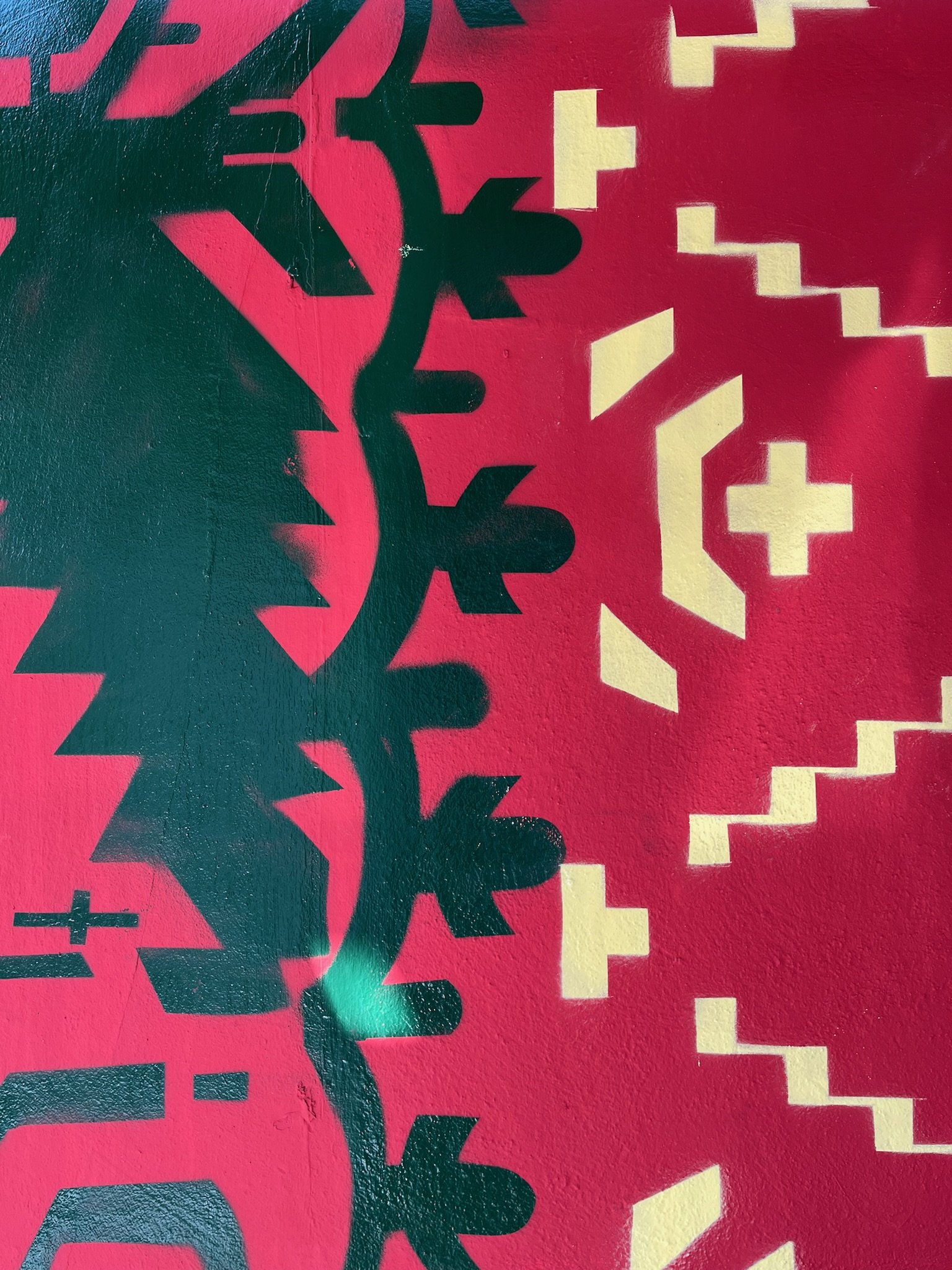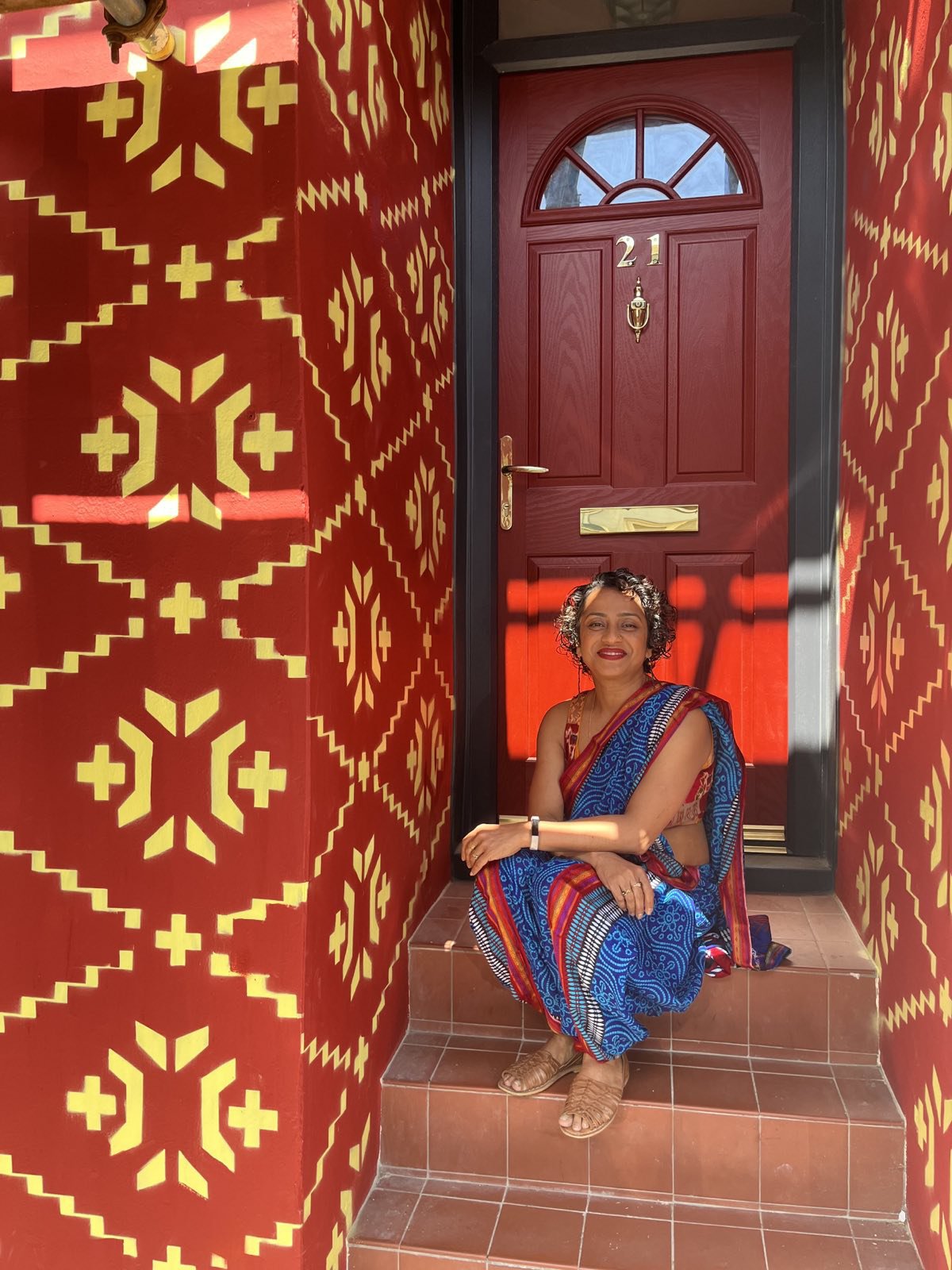Our Jamdani Home
The story behind our mural
When Jaan and I were searching for our new home, we landed on this one in Southampton Street, Hanover. This area is known for its colourful houses and friendly, welcoming community. As soon as we saw the front of our new home, we knew we were going to put a mural on it. And now, just over a year later, we are delighted to present the finished project; our gift to our new community and to anyone that is looking for belonging, missing ‘home’ or simply needing to feel grounded.
To bring our mural to life, we collaborated with Mez, known locally for his graffiti, street art and murals (you can find him on Instagram: @SkatinChinchilla). Mez and I co-produced the design, choosing the colours and layout over a few weeks, he then spray-painted the mural using huge stencils. I loved working with Mez on this project. Though not an obvious partnership, the fusion of our passions – street art and sarees – underpinned by our shared values for fairness and equality is, in itself, symbolic of the world we aspire to live in
Restitution isn’t always possible, but healing, through beauty and unexpected connections with those outside of our usual echo chambers, can be achieved. Mez and I are very proud of this project, and we hope it inspires a new generation of art across the world.
The mural is called the Jamdani. It is inspired by the Jamdani weave saree, the signature saree of Dhaka, Bangladesh. To me, Jamdani is belonging, and I will explain why.
Jamdani History
The Jamdani weave has a long and poignant history, with the earliest records dating as far back as 300 BC. Between the 16th and 19th centuries, Jamdani fabric – so fine it was known as ‘woven air’ – was one of the most highly coveted commodities in Mughal courts and further afield. However, by the mid-19th century, Jamdani had become almost extinct. This demise can be traced back to British colonial policies; their shift towards globalised capitalism, putting power and profits over people and humanity, nearly wiping out the Jamdani. To me, the story of the Jamdani is an echo of the impact colonialism had on the 100 million people who prematurely lost their lives and livelihoods during the height of the British Raj between 1880 and 1920.
My research on the Jamdani has led me to learn of some heartbreakingly brutal stories. One such story claims that agents of the East India Company, as a matter of policy, mutilated master weavers and broke looms to prevent the creation of handloom cotton and silk. I couldn’t, however, find clear historical evidence to support these claims. It could be that these stories emerged as a metaphor for the recorded persecution, fines and imprisonment people faced if they traded their own goods outside of the restrictions placed on them. I also found records that, in some instances, weavers cut off their own thumbs to avoid such persecution by the agents.
Moving forward, the Jamdani saw a revival in the 1980s, gaining widespread popularity and recognition as the most advanced hand-weaving technique in the world. In 2013, UNESCO added Jamdani weaving to the Representative List of the Intangible Cultural Heritage of Humanity – a true testament to and symbol of human endeavour.
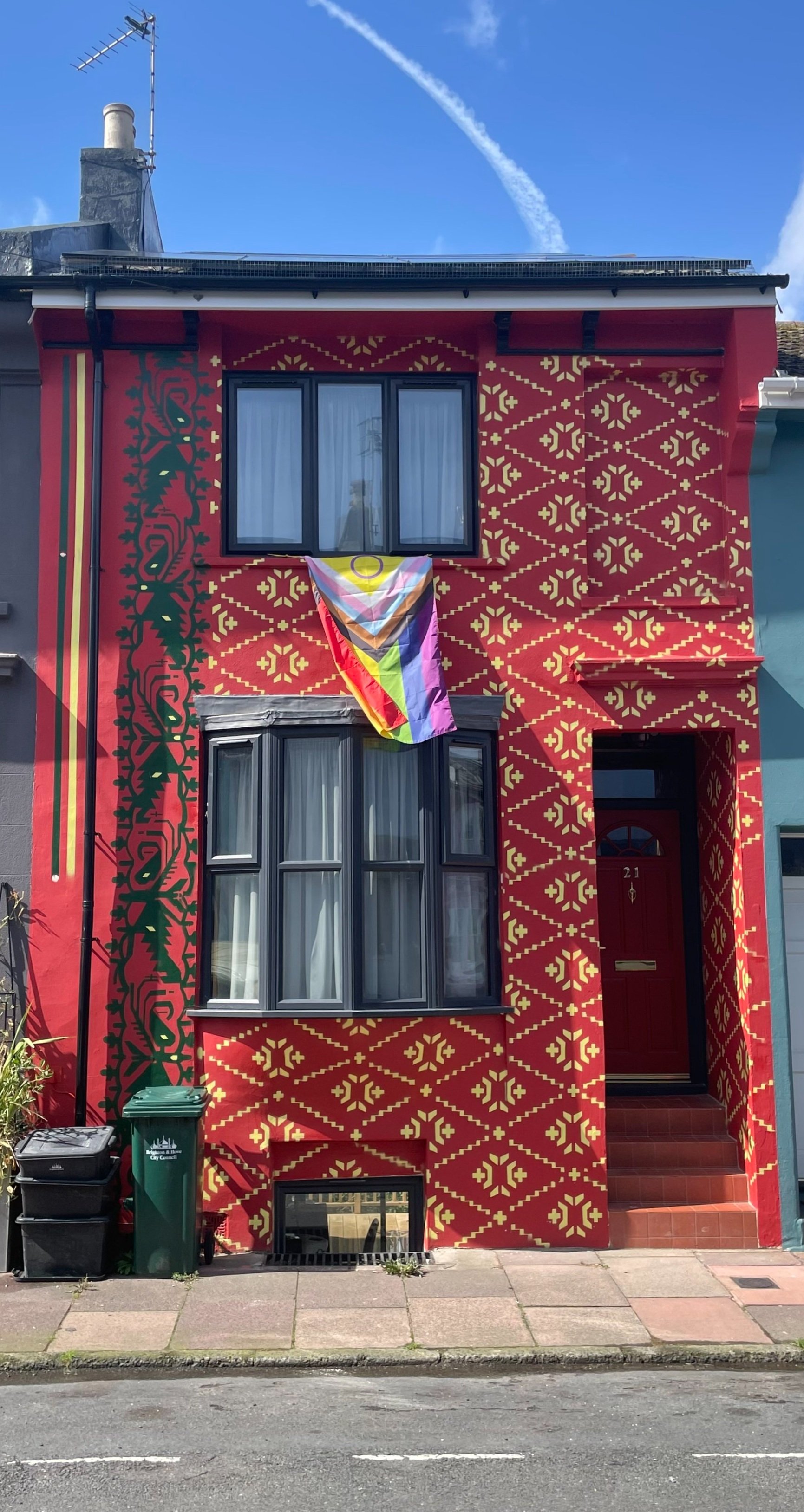
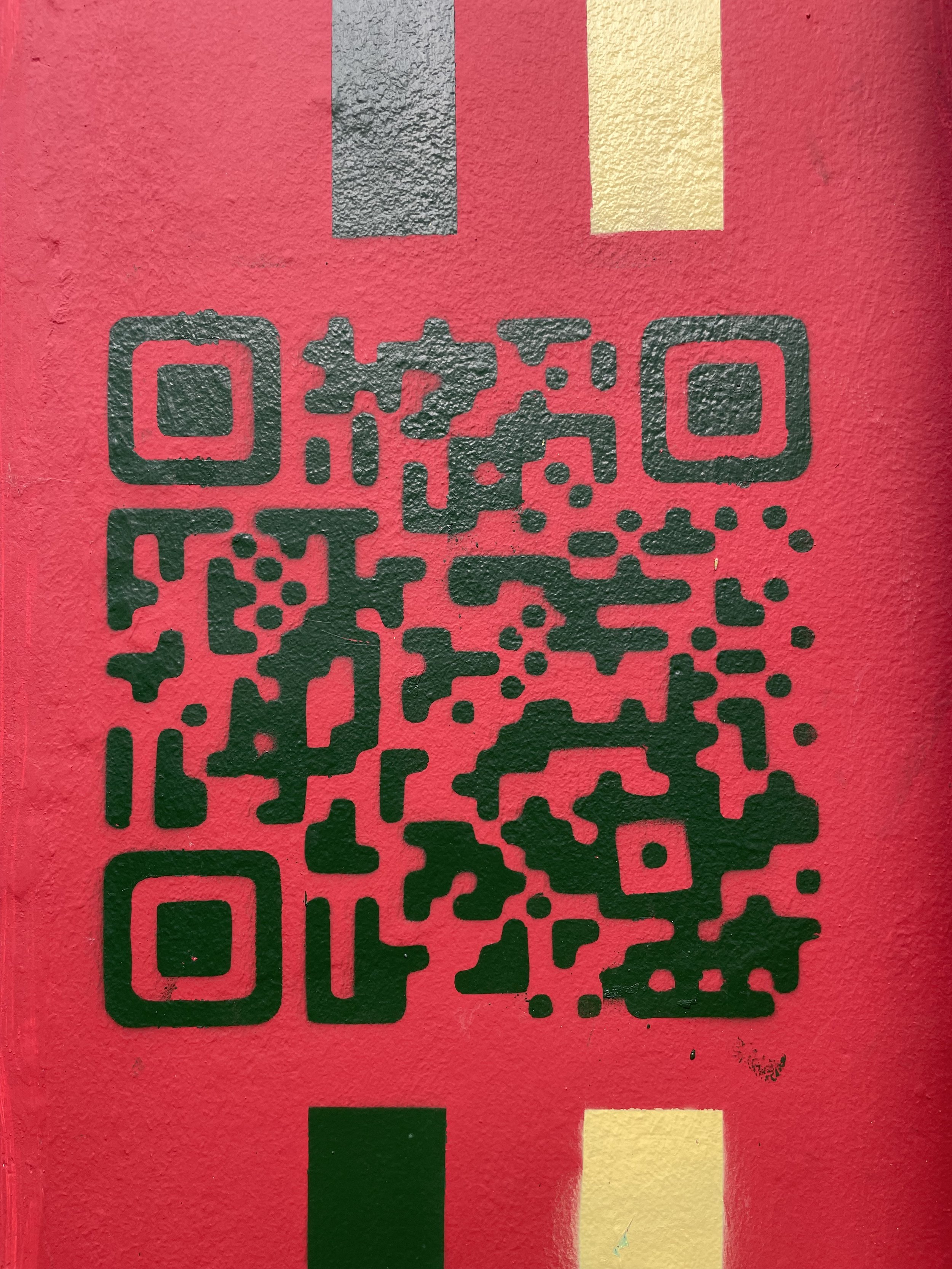
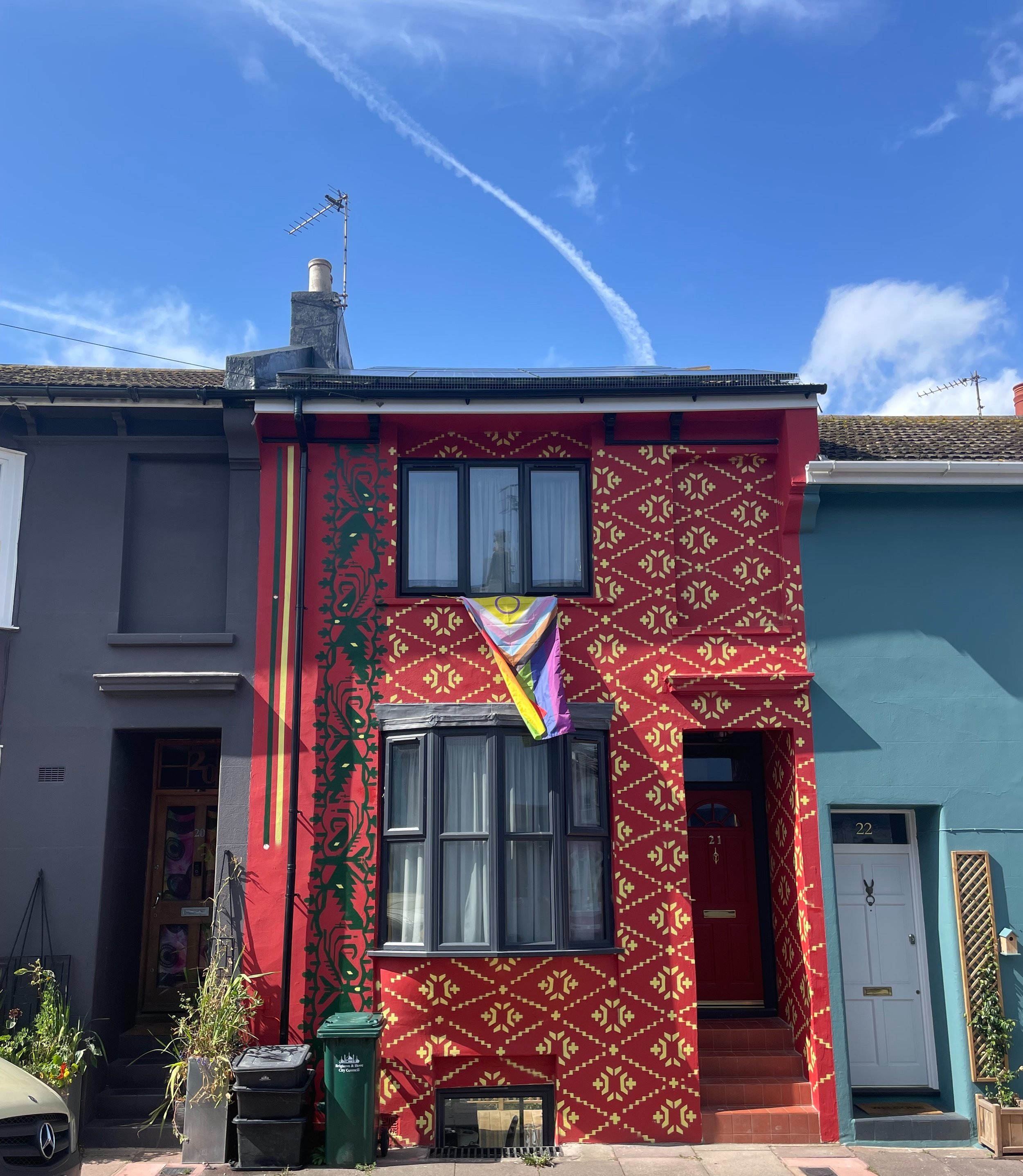
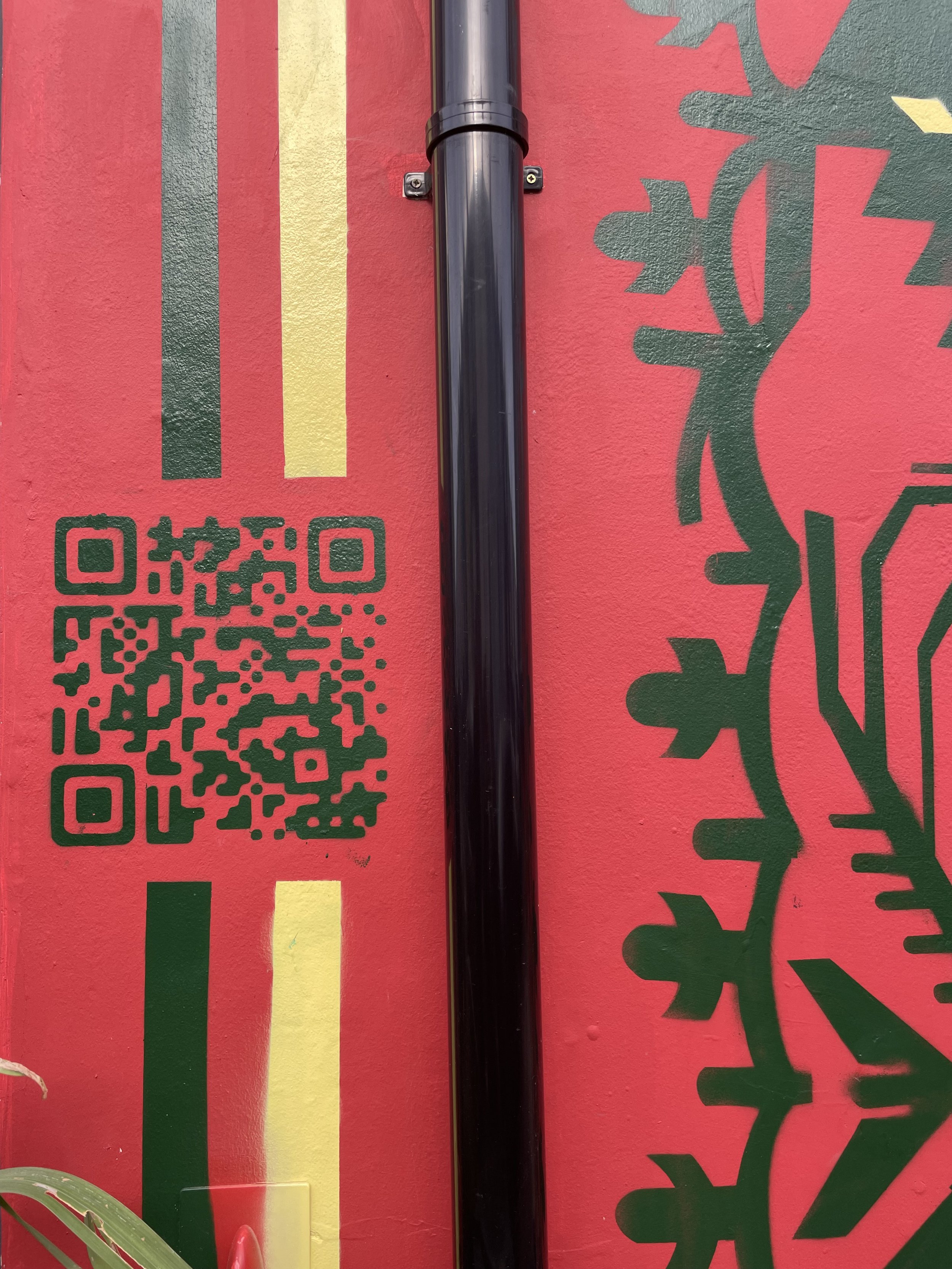
Sharing Stories
So, for us, our Jamdani house is a small contribution to the global Jamdani revival movement: a symbol of resilience, renewal and belonging. Jamdani serves as a reminder that each of us has a role to play in building community and connections and that this can be achieved by recognising and understanding our shared history, drawing on multiple perspectives to treat each other, and the future, with respect.
The Jamdani story connects with both Jaan and I because the history of colonialism and its consequences are intertwined with our identities – we are both rooted in the Indian subcontinent. Through the Jamdani mural, we are sharing our identity with pride, demonstrating what belonging looks like to us as the children of migrants.
Every time I wear the Jamdani saree I am paying homage to the artisans who laboured and suffered, to the lives and livelihoods that were lost to injustice. I am standing in solidarity with revival movements and saree-wearing friends across the world to show off this beautiful weave from my birth country. As a British Bengali woman, I am sharing my multicultural identity with pride, demonstrating what belonging looks like to me.
Over the coming weeks and months, I am inviting friends and experts from around the world to share their Jamdani stories, developing this page into a collection of dynamic perspectives on what Jamdani means to different people. Our Jamdani house is a static installation, but the stories will be fluid, crossing borders and bridging boundaries to enhance the sense of belonging in our communities.
Finally, we hope you are reading this because you passed through our street and the Jamdani mural invited you to take a moment, to pause, to smile. We hope you enjoy our Jamdani home as much as we do.
Poppy and Jaan
For more information on the history and revival of Jamdani, you can check out the sources below:
Woven Air – A Revival of Fine Count Jamdani - Aranya Crafts Limited. (2020, May 11)
Jamdani Saris: History, Evolution and How They are Woven - Vogue India, Gandhi, S. (2019, Feb. 26).
Jamdani - MapAcademy. (2022, April 21).
Missed History: A short note about thumb cutting - Pastpresented.com. (N.d.).
How British Colonialism Killed 100 Million People in 40 Years. Al Jazeera - Sullivan, D. & Hickel, J. (2022, Dec. 2).



